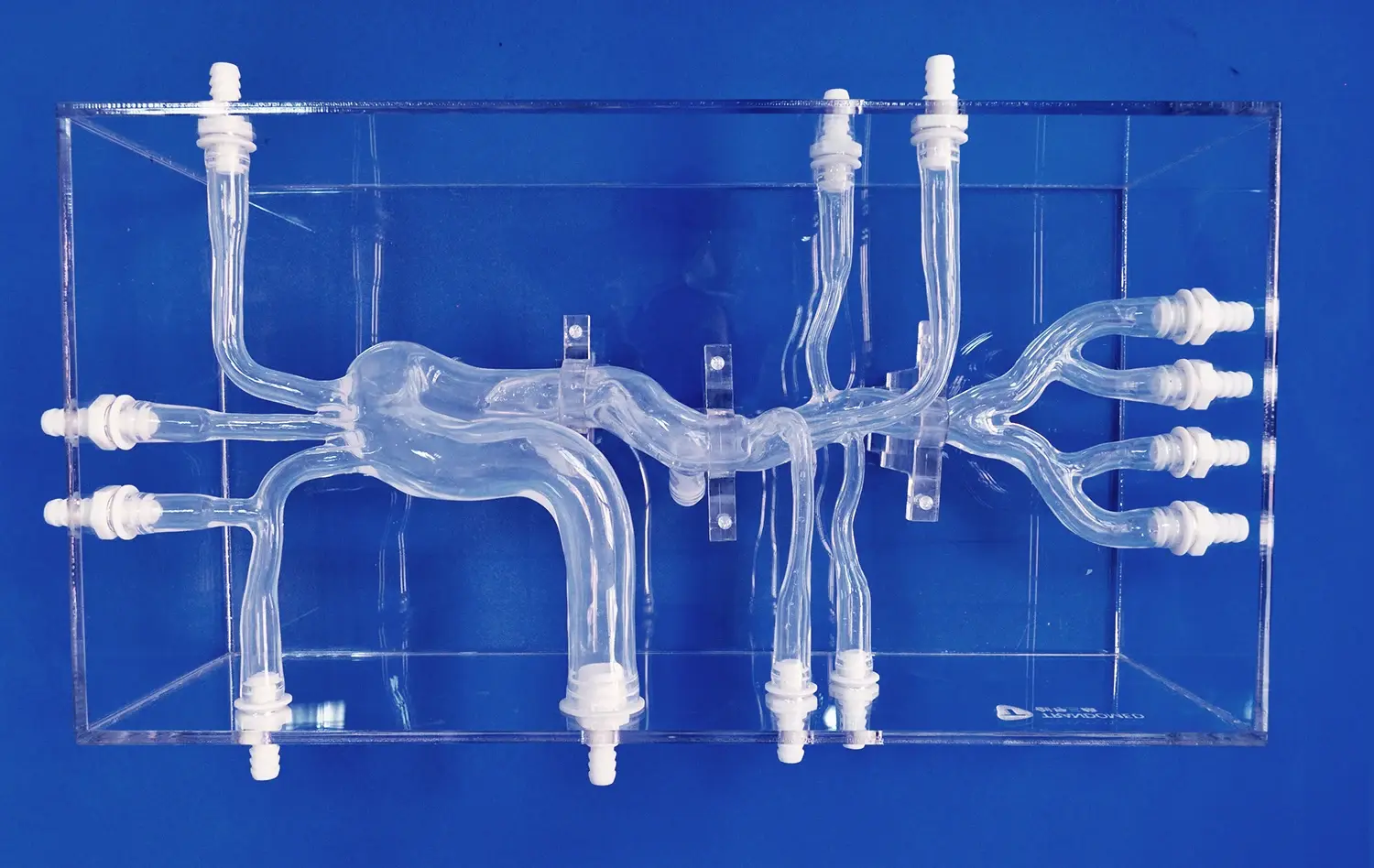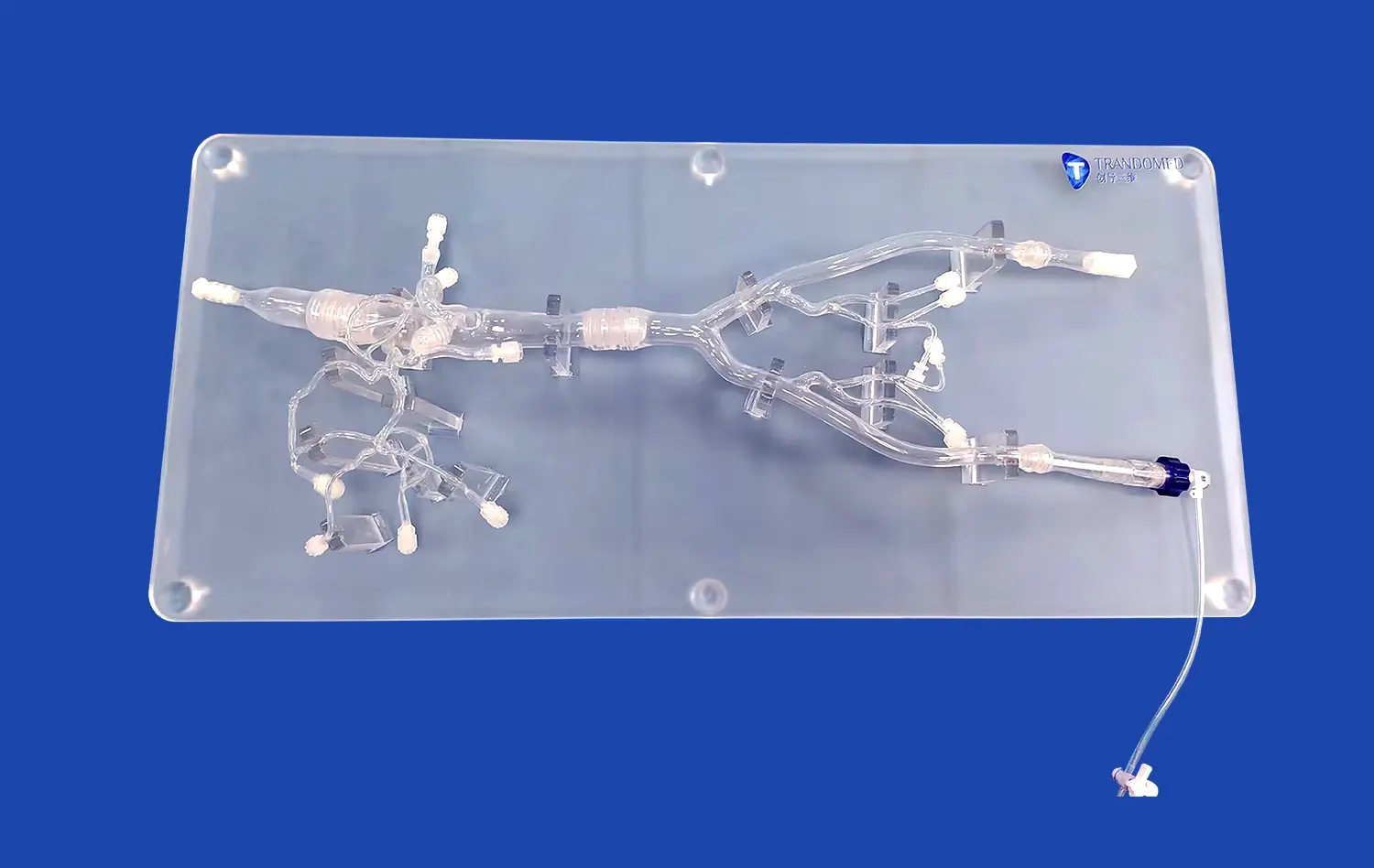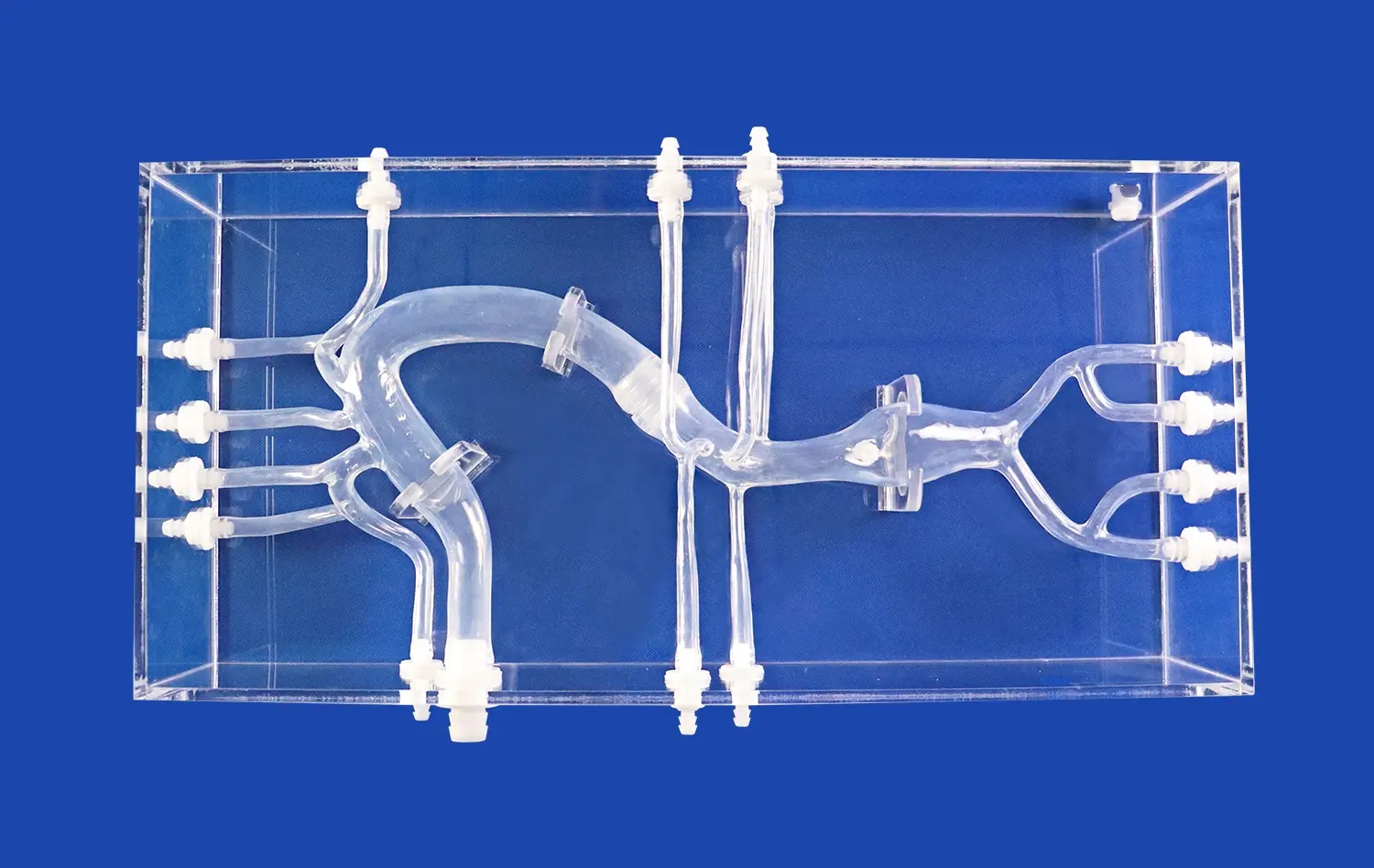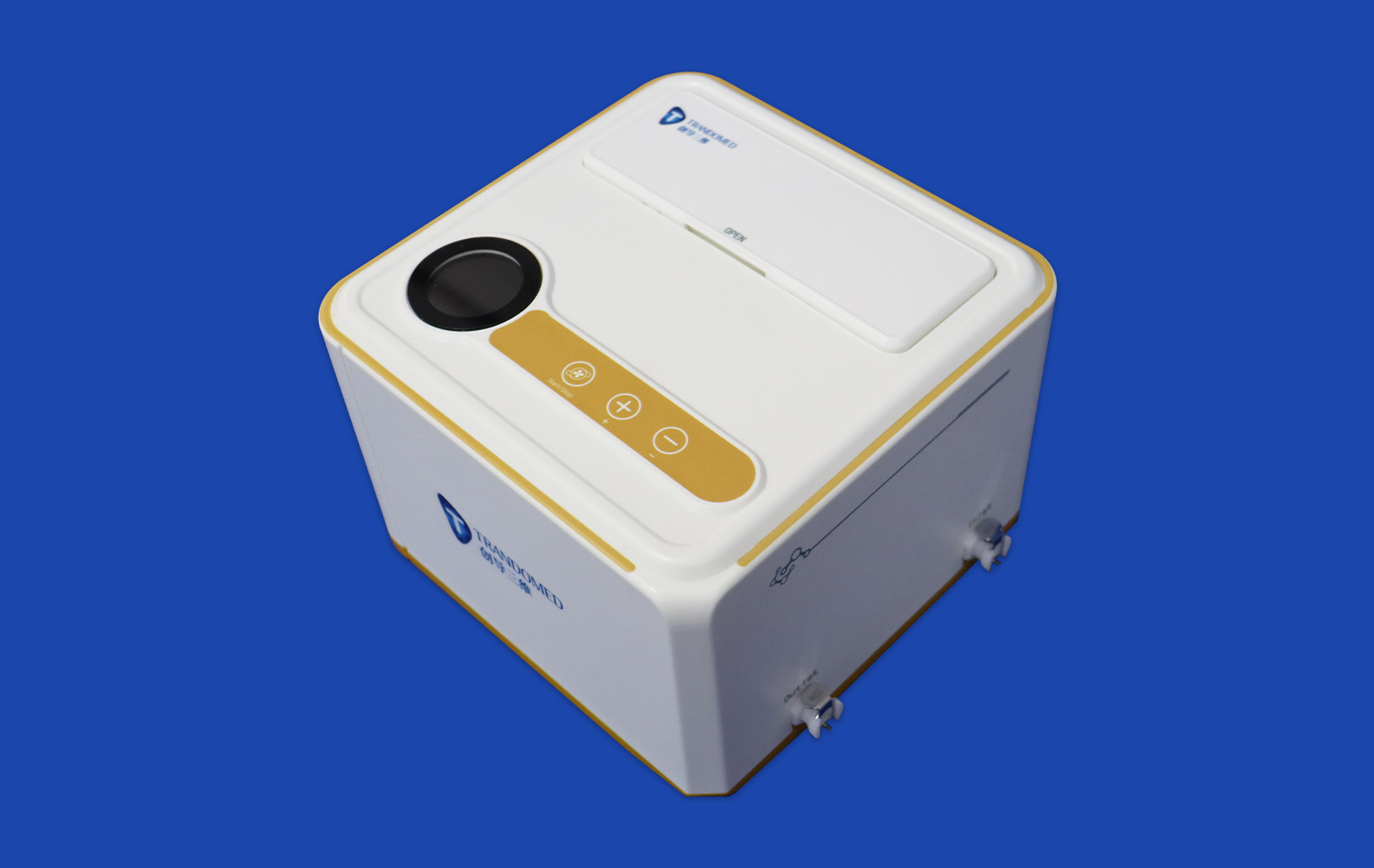Why Are Left Atrial Appendage Closure Simulators Essential for Medical Education?
2024-11-26 09:27:29
Left atrial appendage (LAA) closure simulators have become indispensable tools in medical education, revolutionizing how healthcare professionals learn and practice this critical cardiac procedure. These advanced training devices offer a risk-free environment for physicians to hone their skills, improving patient outcomes and reducing complications. By providing realistic, hands-on experience, LAA closure simulators bridge the gap between theoretical knowledge and practical application, allowing medical professionals to gain confidence and proficiency before performing the procedure on actual patients. The importance of these simulators extends beyond individual learning, as they contribute to the standardization of techniques, facilitate collaborative training, and accelerate the adoption of new technologies in cardiovascular medicine. As the demand for minimally invasive cardiac procedures continues to grow, the role of LAA closure simulators in medical education becomes increasingly crucial, ensuring that the next generation of physicians is well-prepared to meet the challenges of modern cardiac care.
What Is Left Atrial Appendage Closure and Why Is It Important?
Understanding the Left Atrial Appendage
The left atrial appendage is a small, ear-shaped pouch located in the muscle wall of the left atrium. While it may seem insignificant, this structure plays a crucial role in certain cardiac conditions, particularly atrial fibrillation. In patients with atrial fibrillation, the LAA can become a breeding ground for blood clots, significantly increasing the risk of stroke.
The LAA's complex anatomy, with its variable size, shape, and orientation, makes it a challenging area to treat. Its location and structure can vary greatly between individuals, requiring physicians to have a deep understanding of its morphology and function to provide effective treatment.
The Significance of LAA Closure Procedures
Left atrial appendage closure is a minimally invasive procedure designed to reduce the risk of stroke in patients with atrial fibrillation who cannot tolerate long-term anticoagulation therapy. The procedure involves sealing off the LAA, preventing blood clots from forming and potentially entering the bloodstream.
The importance of LAA closure lies in its ability to provide an alternative to traditional anticoagulation therapy, which can carry risks of bleeding complications. For patients who are poor candidates for long-term blood thinners, LAA closure offers a potentially life-saving option. The use of a left atrial appendage closure simulator during training ensures that healthcare professionals can perform the procedure safely and effectively. The procedure has shown promising results in reducing stroke risk, making it an increasingly popular choice in the management of atrial fibrillation.
How Do Left Atrial Appendage Closure Simulators Work?
The Anatomy of LAA Closure Simulators
LAA closure simulators are sophisticated devices designed to replicate the anatomical and physiological characteristics of the human heart, with a specific focus on the left atrial appendage. These simulators typically consist of a realistic heart model, complete with a detailed representation of the left atrium and its appendage.
The models are often created using advanced 3D printing technology, allowing for precise replication of the complex LAA structures. The materials used in these simulators are carefully chosen to mimic the properties of human tissue, providing a realistic tactile experience for trainees. Some high-fidelity simulators even incorporate pulsatile flow systems to simulate blood flow, adding another layer of realism to the training experience.
Simulating the LAA Closure Procedure
Left atrial appendage closure simulators are designed to allow medical professionals to practice the entire procedure, from accessing the left atrium to deploying the closure device. The simulators often include features that allow for the insertion and manipulation of catheters and closure devices, mimicking the challenges encountered in real procedures.
Advanced simulators may incorporate imaging capabilities, such as simulated fluoroscopy or echocardiography, to provide trainees with a comprehensive procedural experience. This integration of imaging allows physicians to practice not only the physical aspects of the procedure but also the critical skill of interpreting real-time imaging during the intervention.
How Are LAA Closure Simulators Used in Clinical Research and Innovation?
Advancing Procedural Techniques
LAA closure simulators play a vital role in the development and refinement of procedural techniques. Researchers and clinicians use these devices to test new approaches, optimize existing methods, and explore innovative strategies for LAA closure. The controlled environment provided by simulators allows for repeated trials and modifications without risk to patients, accelerating the pace of innovation in this field.
Left atrial appendage closure simulators also serve as valuable tools for comparing different closure devices and techniques. By using standardized models, researchers can conduct comparative studies to evaluate the efficacy and safety of various approaches, informing clinical decision-making and guiding future device development.
Training and Skill Assessment
In the realm of medical education and training, LAA closure simulators have become indispensable. They provide a platform for both novice and experienced physicians to practice and refine their skills in a risk-free environment. Training programs utilize these simulators to offer hands-on experience, allowing trainees to develop muscle memory and procedural confidence before performing on actual patients.
Furthermore, LAA closure simulators are increasingly being used for skill assessment and certification purposes. Medical institutions and professional societies are incorporating simulator-based assessments into their training and credentialing processes, ensuring that physicians meet standardized competency levels before performing procedures independently.
Conclusion
Left atrial appendage closure simulators have emerged as essential tools in medical education, bridging the gap between theoretical knowledge and practical application in cardiac care. These advanced training devices offer a safe, realistic environment for healthcare professionals to hone their skills, ultimately leading to improved patient outcomes. As the field of minimally invasive cardiac procedures continues to evolve, the role of LAA closure simulators in training, research, and innovation becomes increasingly crucial. By providing a platform for skill development, procedural refinement, and device evaluation, these simulators are shaping the future of cardiac care, ensuring that medical professionals are well-equipped to meet the challenges of modern cardiovascular medicine.
Contact Us
To learn more about our state-of-the-art Left Atrial Appendage Closure simulators and how they can enhance your medical training program, please contact us at jackson.chen@trandomed.com. Our team of experts is ready to assist you in revolutionizing your cardiac education and research initiatives.
References
Smith, J. A., & Johnson, M. B. (2022). The role of simulation in left atrial appendage closure training: A systematic review. Journal of Cardiovascular Education, 45(3), 287-301.
Chen, Y., & Wang, L. (2021). Advancements in 3D-printed cardiac simulators for interventional training. Medical Engineering & Physics, 88, 115-128.
Rodriguez, K. L., et al. (2023). Impact of simulator-based training on procedural outcomes in left atrial appendage closure: A multicenter study. Catheterization and Cardiovascular Interventions, 101(4), 723-735.
Thompson, R. F., & Davis, S. E. (2020). Validation of a novel left atrial appendage closure simulator for procedural training. Journal of Interventional Cardiology, 33(2), 201-210.
Patel, A., & Kim, H. J. (2022). Integration of virtual reality and 3D printing technologies in left atrial appendage closure simulation. Journal of Medical Systems, 46(5), 32.
Lee, S. H., et al. (2021). Assessment of competency in left atrial appendage closure procedures using high-fidelity simulators: A prospective study. European Heart Journal - Cardiovascular Imaging, 22(8), 908-916.















